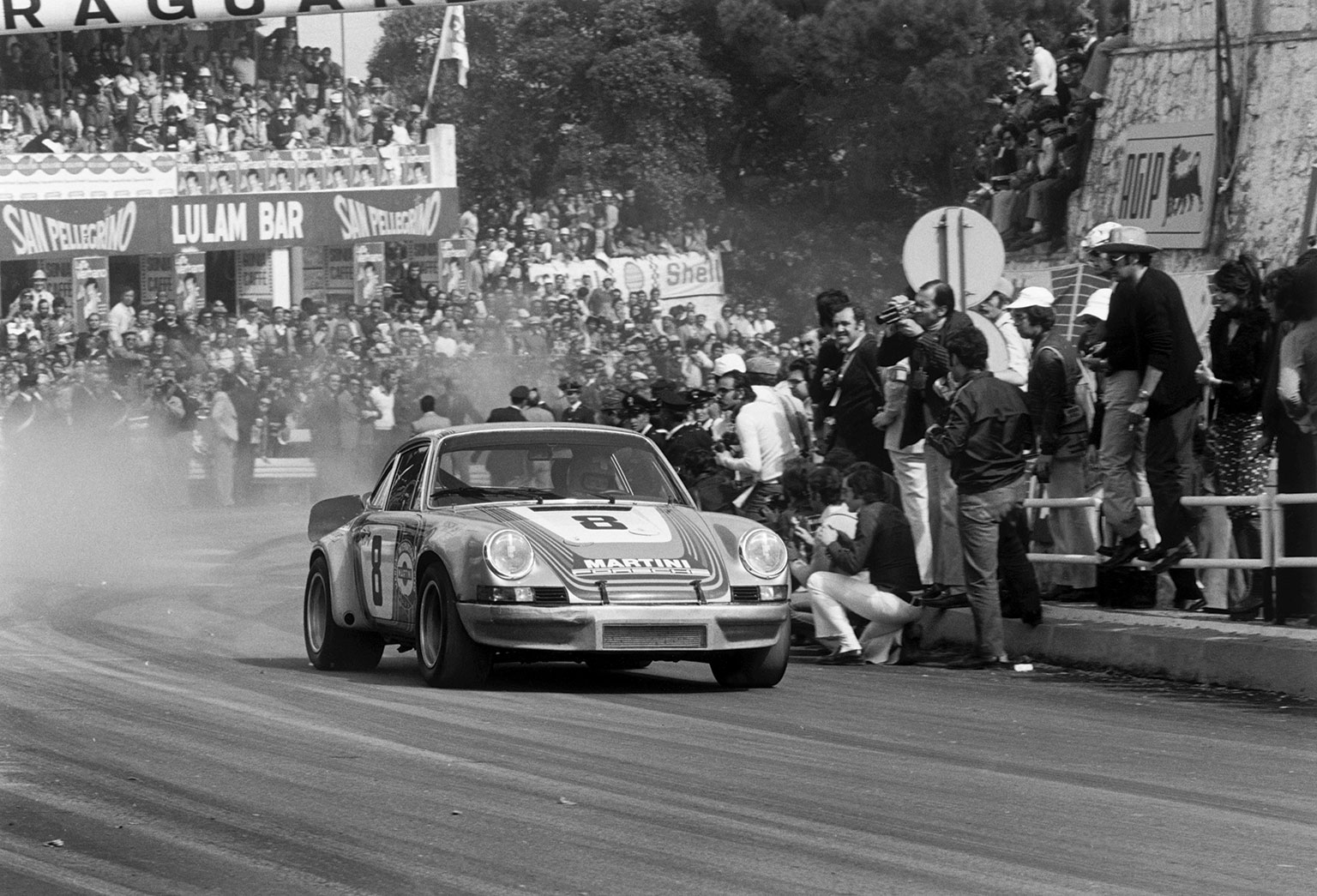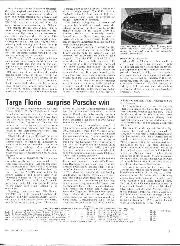That car is this car, chassis 0588, known in the RSR world as R6. And for the first time since that win in May 1973, it has been returned to its original Targa Florio specification after a year-long and quite extraordinarily painstaking restoration by Porsche restorer, authority and dealer Maxted-Page. “It was an incredible honour to be asked to return R6 to exactly as it was that day in May, 45 years ago,” says Lee Maxted-Page. “Just the research phase of the project took three months to complete. But when you look at the result, I think you’ll agree it was worth it.”
Before we do, however, we should look briefly at how it got there. The RSR was a result of rules for 1972 limiting Group 5 cars to a 3.0-litre engine capacity. That outlawed the 917 prototype, while the still-eligible 908 was too long of tooth and short of power to keep up with Italian and French opposition now putting Formula 1 engines in their sports cars. Besides, new Porsche boss Dr Ernst Fuhrmann was enthusiastic about racing cars that could be sold. Which is how the RSR and the road car needed to homologate it, the 2.7 Carrera RS, came into being.
I COULD TAKE up the rest of this space detailing all the changes required to create the RSR and plenty more on all the other modifications that were relentlessly applied during the 1973 season, but essentially it started life with a 2.8-litre engine, soon swapped to a 3.0 when its magnesium crankcase was changed for a Silumin (aluminium alloy) unit that was stronger and could therefore tolerate thinner walls between the cylinders. With twin plug heads, big valves and a 10.5:1 compression ratio it produced about 315bhp. Widened track, race suspension and brakes from the 917 made it such a formidable weapon that, for the next three seasons and almost without exception, it turned the GT category of the World Sports Car Championship into Formula RSR.
But the car was not homologated in time for the season-opener at Daytona, so it raced in Group 5 while Peter Gregg and Hurley Haywood outlasted a fairly thin field of prototypes. It raced as intended in Group 4 at Vallelunga and Dijon, winning the class in both, but from Monza onwards the works cars raced as prototypes, not just to keep the customers happy but also to test unhomologated experimental parts.
R6’s WSC career as a factory car was brief. It was the car that won at Vallelunga in March but, with its usual driver line-up of Gijs van Lennep and Herbie Müller, it failed to finish at Monza. But, as we know, it then triumphed on the Targa. At Le Mans (driven by Haldi and Joest) it officially retired with a fuel system failure, a somewhat euphemistic expression for simply running out of gas. At Zeltweg it was again first home behind the purpose-built racers, after which it was lent to Roger Penske for the season finale at Watkins Glen. The power couple of Mark Donohue and George Follmer maintained its record of absolutely best-of-the-rest behind the real prototypes. And that was that. It was sold, raced in Mexico until 1975 and then stored until returned to Le Mans configuration in 1991. It was exhibited as such until the end of 2016, when its current owner commissioned Maxted-Page to turn it back to its Targa-winning specification.
The good news for Maxted-Page and the owner was that, as a result of its fairly quiet life, R6 went onto the operating table already in very good condition. “It had had what we call a 1990s restoration, which was as good as you’d might expect back then. But the world has moved on so far since, and what the owner wanted was the car to be as it was when it won the Targa down to the smallest discernible detail,” says Maxted-Page.
“THE JOB COULD have been incredibly difficult were it not for the factory, which gave us unfettered access to its photographic and technical archive, and Norbert Singer, who wrote everything down in period by hand and kept every word. So when we wanted to know the exact suspension ride height used on the Targa Florio, we just needed to look at the set-up sheets to find the answer.”





